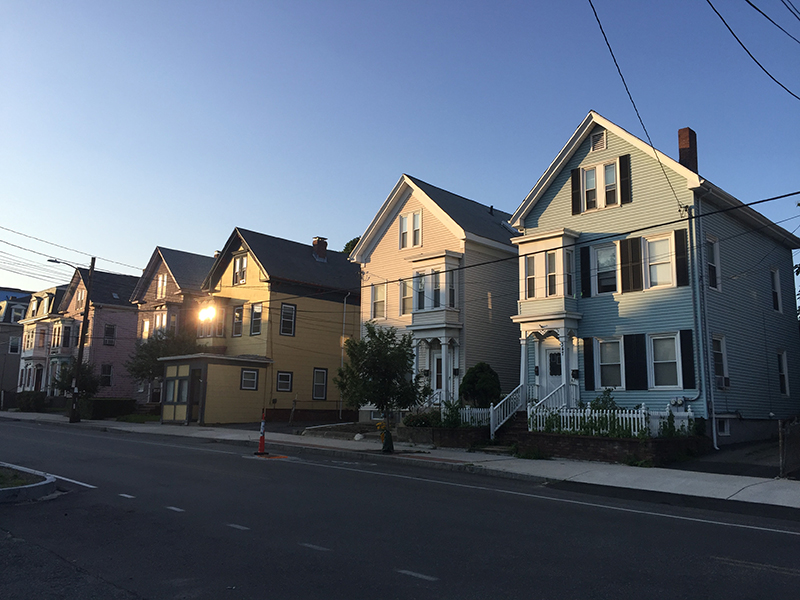
By the end of April, U.S. unemployment reached 14.7%. This followed reports that since mid-March, over 36 million Americans filed for unemployment insurance claims by mid-May. As the coronavirus crisis continues to destabilize nearly every facet of our economy and put more Americans out of work, those numbers could soon eclipse Great Depression levels. Among this population of Americans, renters are being hit especially hard — principally because they are heavily concentrated in vulnerable industries most susceptible to layoffs. While the pain of this crisis is acute and widespread, it’s worth remembering that this pandemic is not just creating inequalities in housing affordability — it’s intensifying existing problems we’ve had for decades.
A significant percentage of renters were already struggling before the pandemic. According to Harvard’s Joint Center for Housing Studies, nearly half of all U.S. renters were cost-burdened, meaning they are spending more than 30 percent of their monthly income on rent. A May 2019 report from the Federal Reserve highlighted that 40% of Americans didn’t have $400 available for an emergency bill. At a time when incomes have been decimated from this pandemic, these issues are only getting more severe. Naturally, housing providers and elected officials have been looking for smart solutions to keep Americans safe and secure in these trying times. Some, though, are attempting to politicize this moment to take advantage of the crisis and advance their own agendas.
Namely, we’re seeing a resurgence of calls for rent control from activists bent on forcing property owners — who themselves are being challenged by this pandemic — to bear the brunt of this crisis. Groups such as Tenants Together have taken even more extreme measures and gone as far to call for rent strikes – yet again demonstrating that they are not above taking advantage of this pandemic to achieve their political goals. Rent control proposals vary from state-to-state and across municipalities. Some call for cutting rents by 25% across the board; others follow in the footsteps of previous failed ballot initiatives already rejected by voters. All of them are built on the false premise that price controls are an adequate solution to a supply and demand imbalance.
Now more than ever, it’s incumbent upon us to find smart solutions to the problems facing working Americans. Many housing providers have taken steps to work with residents to implement rent payment plans, waive late fees and freeze rents for 90 days. But the truth is that longer-term rent control would only hinder housing providers from fulfilling their own financial obligations and further endangering apartment communities.
Make no mistake: rent control wasn’t a viable solution to our housing affordability crisis before this pandemic started. And it certainly isn’t any better of an idea now. Instead of pursuing misguided policies like rent control, there’s plenty our leaders in Congress can do to help residents and property owners. To start, Congress should create an Emergency Rental Assistance Program for those who have been impacted by the crisis and do not already receive federal housing subsidies. Additionally, mortgage forbearance protections should be expanded to match any eviction moratoriums to help property owners maintain their residences.
We all have a role to play in overcoming this crisis. Housing providers will continue to work with residents to keep apartment communities safe and whole. At the same time, elected officials should reject tired and misguided policies like rent control and instead work towards meaningful solutions that address the challenges of residents and housing providers.




